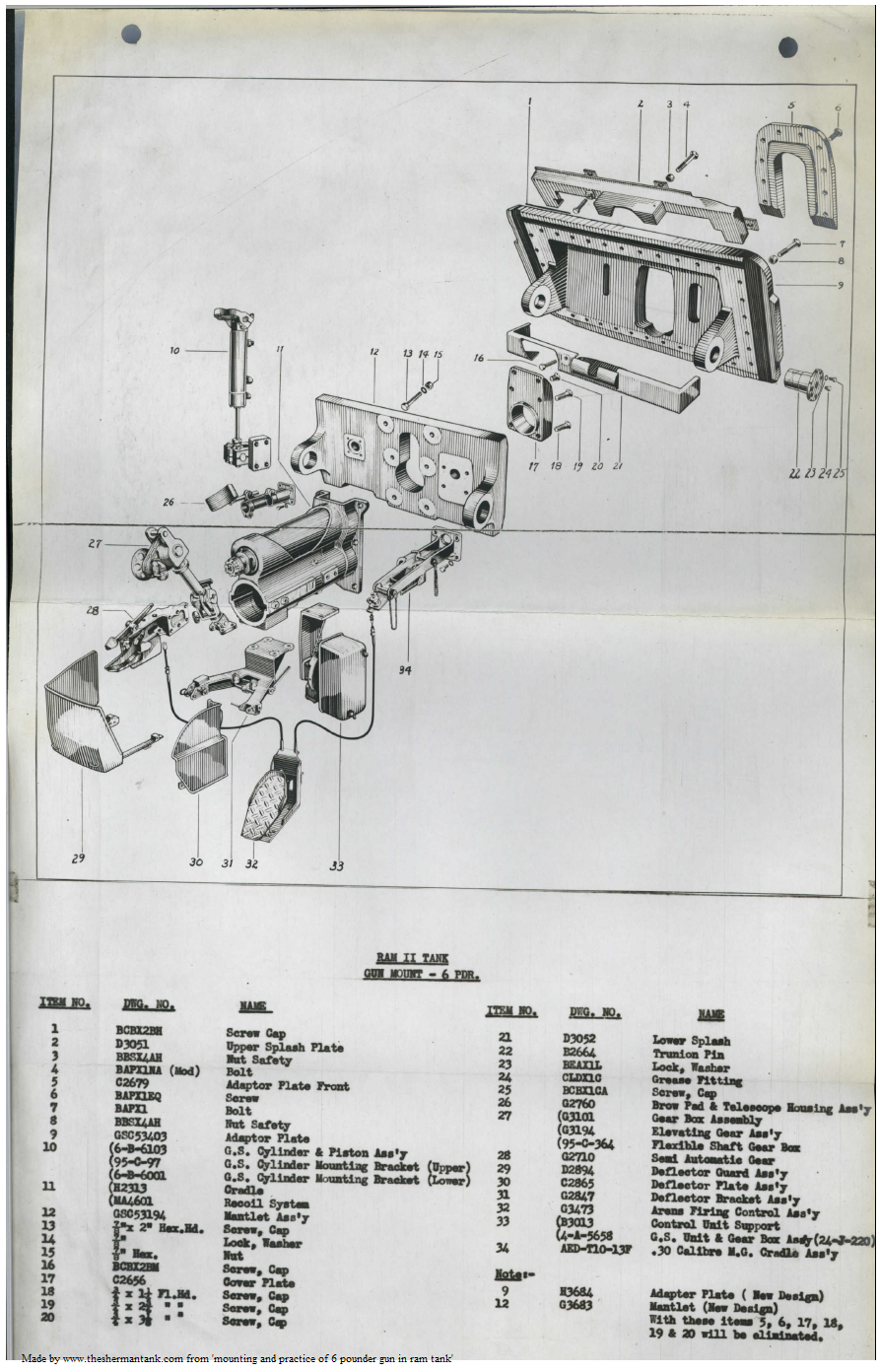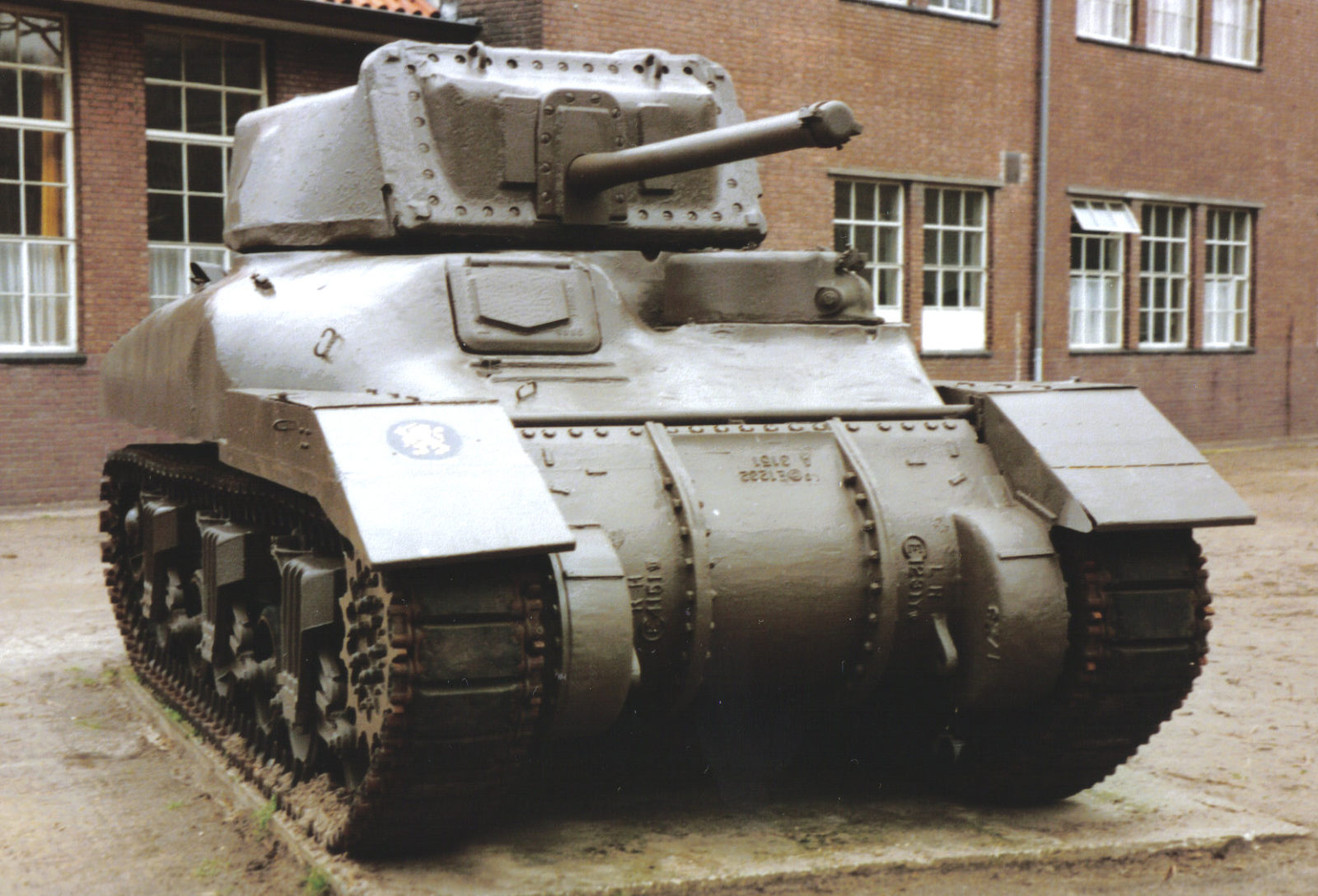The RAM: Canada’s Tank
UPDATE!
Thanks to reader and friend of the site Bobby C from down under, I have a pair of very interesting PDFs on the 6 pounder mount on the RAM. The massive image of a storage diagram below is from that very doc!
The Lee was a bit of a red-headed stepchild, except it had a soul, and no one really wanted it. Even before production started, both the US Army and British, working with Canadians, was working on a replacement design. The British did not like the dual purpose M3 75mm gun on a cruiser tank, they wanted a tank with their 57mm six-pounder gun, because it had slightly superior AP performance, and their cruiser tanks were assigned the task of fighting other tanks, not infantry. The American Tank designers and Army Officers didn’t agree and planned on using the M3 75mm gun and their stubbornness led the Brits to try and beat them to the punch, and they did, but the punch wasn’t there, literally.



The model they sent to Aberdeen Proving Grounds for the US Army to test, was an MK I model with a 37mm gun. This was in June of 1941, while the Sherman pilot was probably being built, and the pilot Sherman arrived in early September. They did this because they had some problems with a suitable mount for the 57mm 6 pounder. They probably sent one with a 6 pounder later, but I’m sure once the US Army had the Sherman pilot, most of the interest in the Ram would have died off since there was zero chance of the RAM II winning out over the Sherman. They did produce nearly 2000 of them though, and the chassis was used in other roles, most notably as an APC and Command Tank.

It is interesting it saw no combat use as a tank, it was certainly better than the Lee, at least on paper, but the Lee soldiered on in secondary theaters, the Ram was never given a shot. Like the Lee, it went through some fairly major changes during its production run. The Ram started life with a little machine gun turret on the front, where the driver should be, just like the Lee’s commanders cupola. This would be a feature it shed; getting a more traditional bow-mounted machine gun, late in the run. It was still on the wrong side though. It had side doors, with a little DV port, armored flap, like the Lee. The viewport was replaced with a ventilator, and then the whole door was removed. They also removed the periscopic sight for the gunner and replaced that with a ventilator as well.

Since the RAM was based on the Lee, it was pretty much Lee from the top of the treads down and used the same R975 radial the basic M3, and M4 and M4A1 tanks used. It used the same suspension as the early Shermans and Lees, with the single overhead roller and could use the same VVSS tracks as the Sherman. It was certainly better or equal to any tank the Brits had with the same gun, but by the time it was available in numbers, the Sherman was as well, and it was a superior tank, and because of its larger turret ring, had room to grow because it could take bigger guns.


It wasn’t all a waste of time, and steel, the hulls were used for Kangaroo APCs, and a number were built or converted to command or observation post tanks, and they were used as ammo carriers. The Ram also made a good training tank allowing Shermans to be sent to combat units. The observation or command version was interesting. They removed the main gun, and put a dummy in its place, put in extra seats, so six men could fit, added an observation port, map table and extra radios. The APC and Command versions saw extensive use by Canadian troops in the ETO.



Sources: Sherman by Hunnicutt, RAMTank.CA
1664990 Mounting practice and installation of 6 pounder gun in Ram tank

